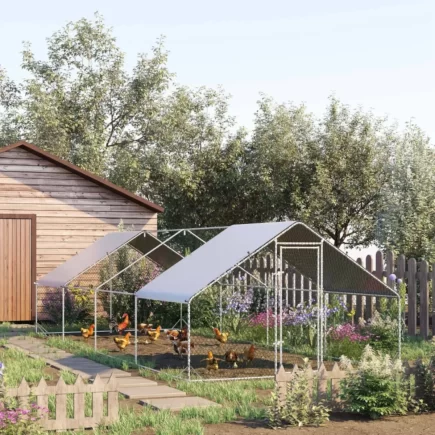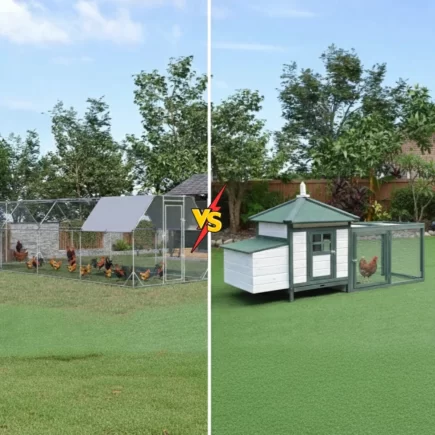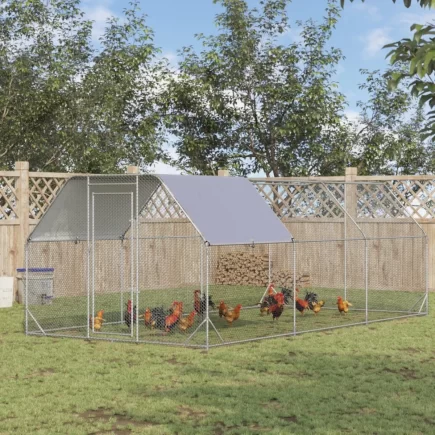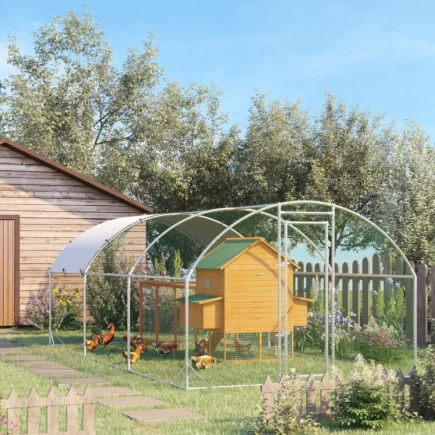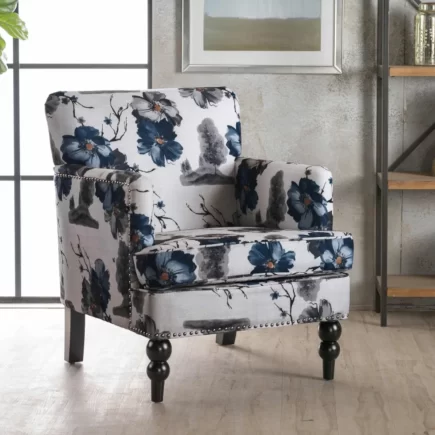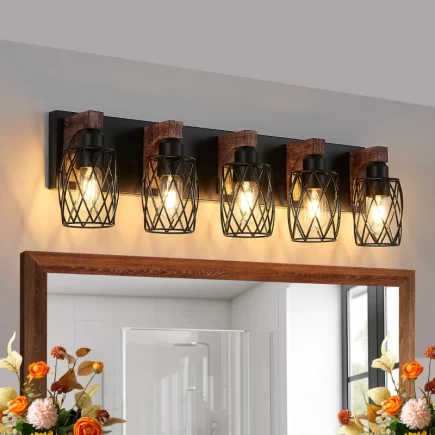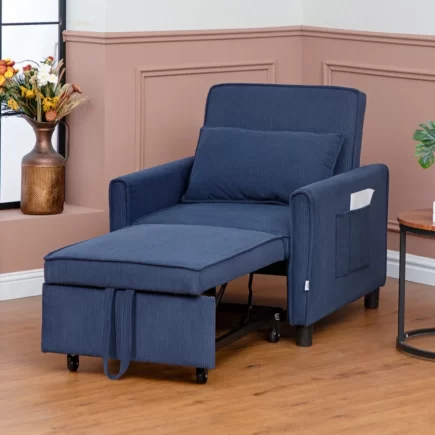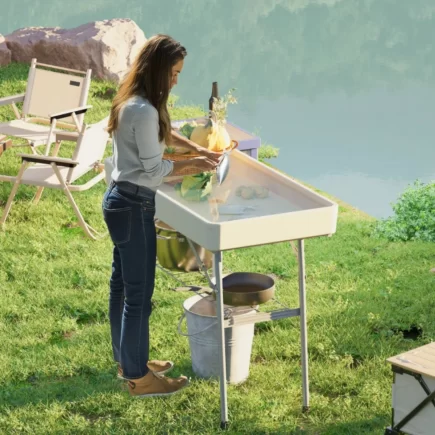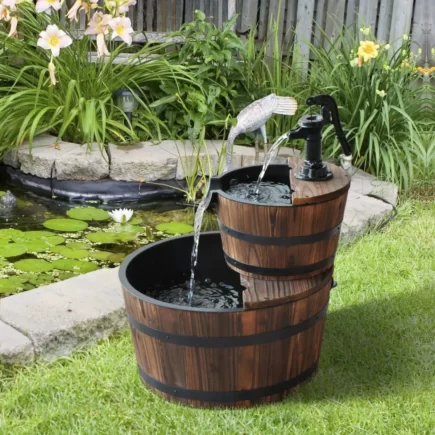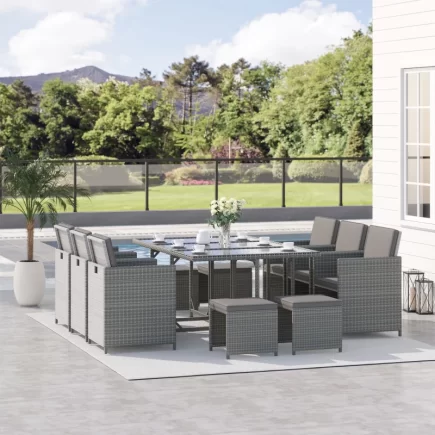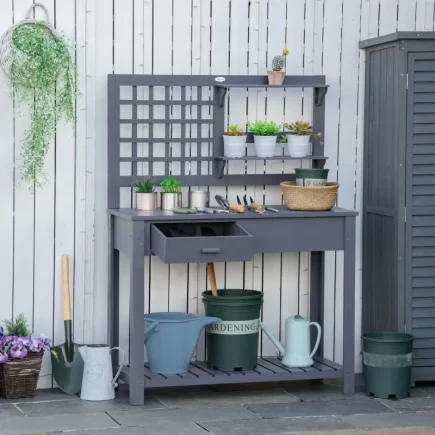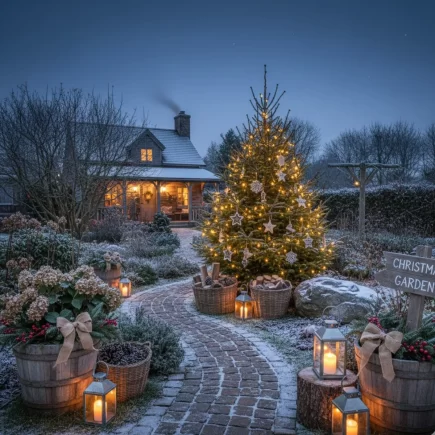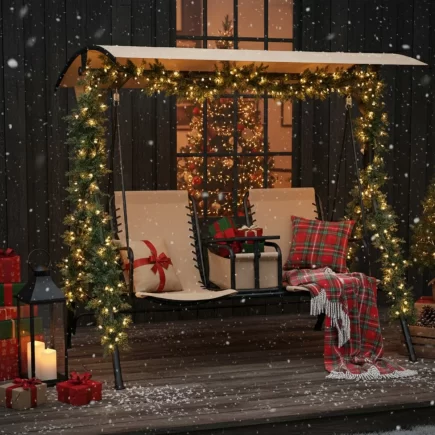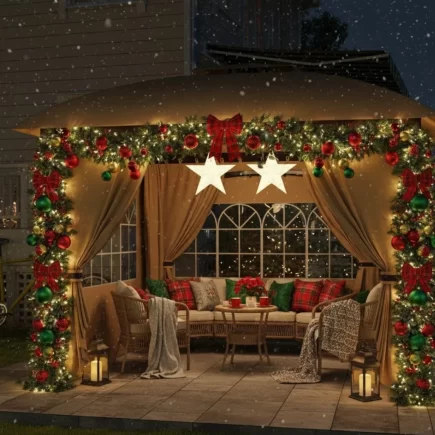Fire pits are more than just a visual centerpiece for your outdoor space, they provide a practical and functional heat source that makes your backyard gatherings more enjoyable. Whether you’re hosting a party or simply trying to stay warm on a chilly evening, understanding the heat potential of your fire pit is crucial for both comfort and safety.

This guide will explore the factors that influence fire pit temperature, the different fuel types available, and how to choose the best model for your needs.
Typical Temperature Ranges for Fire Pits
The temperature generated by a fire pit can vary significantly depending on several factors, such as the fuel type, design of the pit, and air circulation. While the core flame of the fire can reach extreme temperatures, the heat experienced by people nearby (ambient heat) is typically lower.

Flame and Ambient Heat Ranges by Fire Pit Type
| Fire Pit Type | Typical Flame Temperature | Ambient Heat Reach |
| Wood-burning | 1,100°F – 2,000°F | Up to 6 feet |
| Propane (Gas) | 1,000°F – 1,800°F | 3 – 5 feet |
| Natural Gas | 900°F – 1,500°F | 3 – 5 feet |
| Ethanol/Bioethanol | 700°F – 1,200°F | 2 – 3 feet |
| Smokeless (Double-Wall) | 1,200°F – 1,600°F | 4 – 6 feet |
Wood-burning fire pits, especially smokeless designs, reach the highest temperatures, while gas and ethanol models provide steady, clean heat at slightly lower intensities. The temperature range for each type helps determine its suitability for your specific needs.
Temperature Differences by Fuel Type
Each fuel type burns differently and offers distinct characteristics that affect its heat output. Here’s how different fuels compare in terms of their burning profiles:

Fuel Comparison: Burn Characteristics and Heat Output
| Fuel | Peak Temperature | Burning Profile |
| Hardwood (Oak) | 1,600°F – 2,000°F | Long burn, high heat, ideal for cooking |
| Softwood (Pine) | 1,000°F – 1,400°F | Quick burn, more smoke, less sustained heat |
| Propane | 1,200°F – 1,800°F | Clean, consistent, adjustable heat |
| Natural Gas | 900°F – 1,500°F | Fixed flame height, clean, requires gas line |
| Bioethanol | 700°F – 1,200°F | Odorless, low output, great for ambiance |
Hardwoods like oak provide the most intense flames, making them excellent for heat and cooking. Propane offers ease of control and consistency, while bioethanol is perfect for ambiance but not ideal for heating large spaces due to its lower heat output.
Understanding BTUs: How Heat Output is Measured
Gas fire pits are typically rated by their BTU (British Thermal Unit) output. BTUs measure how much heat the fire pit generates per hour. A higher BTU rating means the fire pit will produce more heat, which is essential for larger spaces or colder climates.
BTU Ratings and Their Impact on Heat
| Pit Size | Recommended BTU Output |
| Compact (2–3 ft) | 15,000 – 30,000 BTUs |
| Medium (3–4 ft) | 40,000 – 60,000 BTUs |
| Large (4–5 ft) | 70,000 – 100,000+ BTUs |
While wood fire pits don’t have a BTU rating, they typically generate higher raw heat output than gas models. However, gas fire pits offer more control over temperature, which can be more convenient for consistent heat.
Managing Flame and Heat Control
Controlling the heat of your fire pit depends largely on the type of fire pit you choose. Gas fire pits typically allow easy adjustments via knobs or valves, while wood fire pits require more manual control of fuel and airflow.

How to Control Heat in Gas Fire Pits
- Adjust the regulator to control the size of the flame and the heat output.
- Use wind shields to preserve heat on breezy days.
How to Control Heat in Wood Fire Pits
- Space the logs properly to promote airflow and increase heat.
- Use hardwoods for longer, hotter burns.
- Avoid wet or green wood, as it creates more smoke and reduces heat efficiency.
Smokeless fire pits achieve higher heat by utilizing airflow systems that preheat oxygen and re-burn smoke particles, improving burn efficiency.
Surface Temperatures and Material Considerations
The external surfaces of fire pits can get dangerously hot, especially with materials that conduct heat well. When choosing a fire pit, it’s important to consider how the material will handle heat.
Material Heat Conductivity and Tolerance
| Material | Heat Conductivity | Max Temperature Tolerance | Ideal Use Case |
| Stainless Steel | High | 2,000°F+ | Long-lasting, corrosion-resistant |
| Cast Iron | Moderate | 1,800°F | Retains heat, rustic aesthetic |
| Carbon Steel | High | 1,600°F – 1,800°F | Durable, budget-friendly |
| Concrete/Stone | Low | 1,000°F – 1,300°F | Safe for permanent fixtures |
If you’re placing a fire pit on a deck or near combustible materials, use insulated stands or heat-resistant mats to prevent heat damage.
Safe Distances: How Far Should You Sit?
Heat radiates outward and upward from the fire pit. To ensure safety and comfort, it’s important to maintain a proper buffer zone around the fire pit. The following guidelines help ensure you and your guests are safe while enjoying the warmth:

Recommended Safety Distances Around a Fire Pit
| Distance from Pit | Expected Surface Heat | Safety Tips |
| 1 foot | 120°F – 150°F | Use heat-resistant gloves |
| 3 feet | 100°F – 120°F | Keep children and pets supervised |
| 5 feet | 80°F – 100°F | Ideal for seating arrangements |
For optimal comfort, maintain a clearance of 3–6 feet from open flames. Additionally, avoid placing your fire pit under structures with low-hanging branches or near combustible materials.
Heat Reach in Real Conditions
Heat performance can vary significantly based on weather conditions, such as wind. High winds can redirect heat or reduce the perceived temperature. To optimize heat performance:
- Block wind with seating arrangements or enclosures.
- Elevate the fire pit slightly for better heat convection.
- Opt for deep bowl designs that concentrate radiant heat.
Cooking Temperatures and Capabilities
Many people use fire pits not only for warmth but also for cooking. The temperature of the fire will dictate what foods can be cooked and how.
Minimum Required Heat for Different Foods
| Food/Method | Minimum Required Heat | Recommended Pit Type |
| Marshmallows | 300°F | Any stable flame |
| Grilled Meats | 400°F – 600°F | Wood or high-BTU gas fire pits |
| Boiling or Searing | 600°F+ | Open wood flame |
If you’re using your fire pit for cooking, ensure it has a grill grate or a flat surface for even cooking. Wood and high-BTU gas fire pits are ideal for grilling and searing, while lower temperatures are suitable for marshmallows and light roasting.
Best Fire Pits by Location: Decks, Patios, and Lawns
Where you place your fire pit matters. Certain fire pit types are better suited to specific surfaces.
Choosing the Right Fire Pit for Different Surfaces
| Surface | Compatible Fire Pit | Precautions Needed |
| Wood Deck | Gas or insulated-bottom wood | Use fire mats to prevent heat damage |
| Patio/Stone | Any | Ensure heat doesn’t damage tiles |
| Grass/Lawn | Elevated pit with spark guard | Shield grass with pavers or bricks |
Wood-burning fire pits are best placed on non-combustible surfaces. Gas models, which burn cleaner, are typically safer for use in residential settings.
Choosing the Right Fire Pit: Heat, Safety, and Functionality
When purchasing a Fire Pit, it’s essential to consider more than just aesthetics. The temperature performance of your fire pit will determine how you use it whether for warmth, cooking, or ambiance. Keep in mind factors such as the size of your space, the level of heat you require, and the type of fuel that best fits your needs. Safety is paramount, especially in households with children or pets, so always ensure that the fire pit is placed in a safe location.
By understanding how hot fire pits can get and how that heat behaves, you can choose the right model for your lifestyle, ensuring a safer and more enjoyable outdoor experience.
FAQS
1. Can I use a fire pit during strong winds?
Using a fire pit in strong winds is not recommended, as wind can cause flames to flare up uncontrollably and may lead to safety hazards. If you must use it, consider a wind guard or fire pit designed to handle breezy conditions.
2. Are fire pits safe for use on wooden decks?
Fire pits should generally be used with caution on wooden decks. It is best to place the fire pit on a heat-resistant mat or use a model with an insulated base to prevent heat damage to the deck.
3. How far should a fire pit be from flammable structures?
It’s recommended to keep a fire pit at least 10 feet away from structures, trees, fences, or anything flammable to reduce the risk of a fire spreading.
4. Can a fire pit be used in the winter for warmth?
Yes, fire pits can be used in winter, and they provide significant warmth for small gatherings. However, make sure the fire pit has sufficient BTUs and is located in an area where wind or extreme cold doesn’t dissipate the heat quickly.

